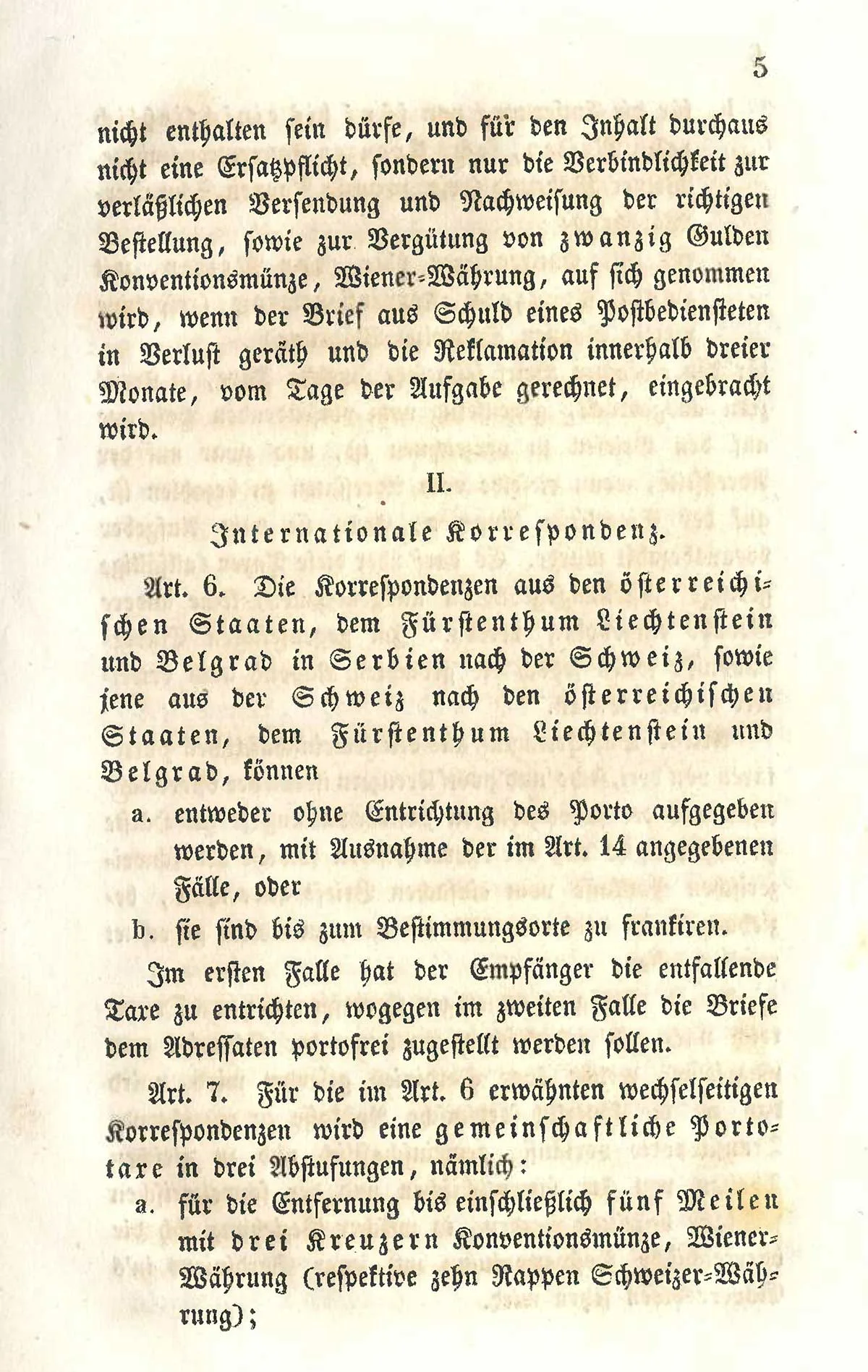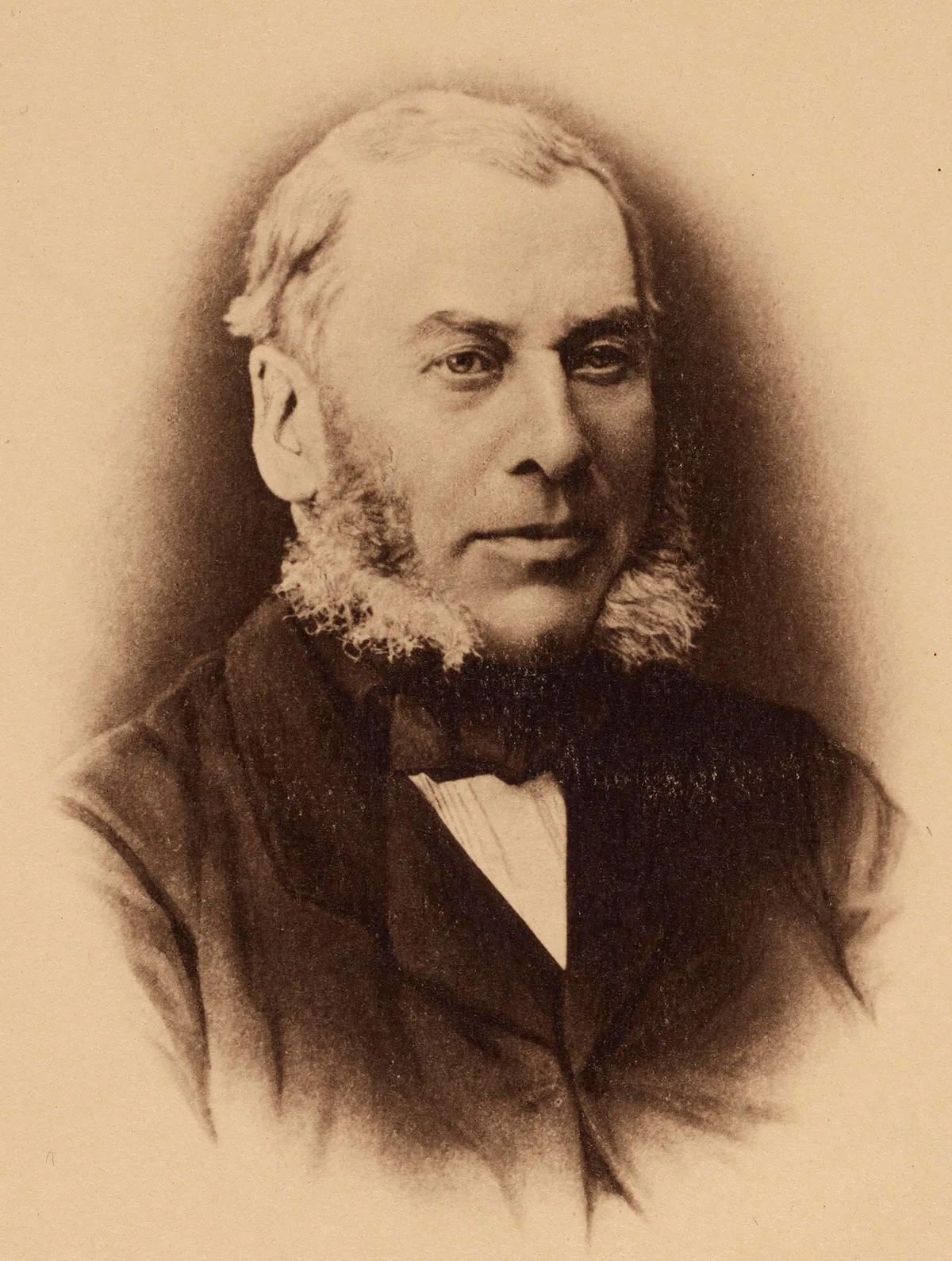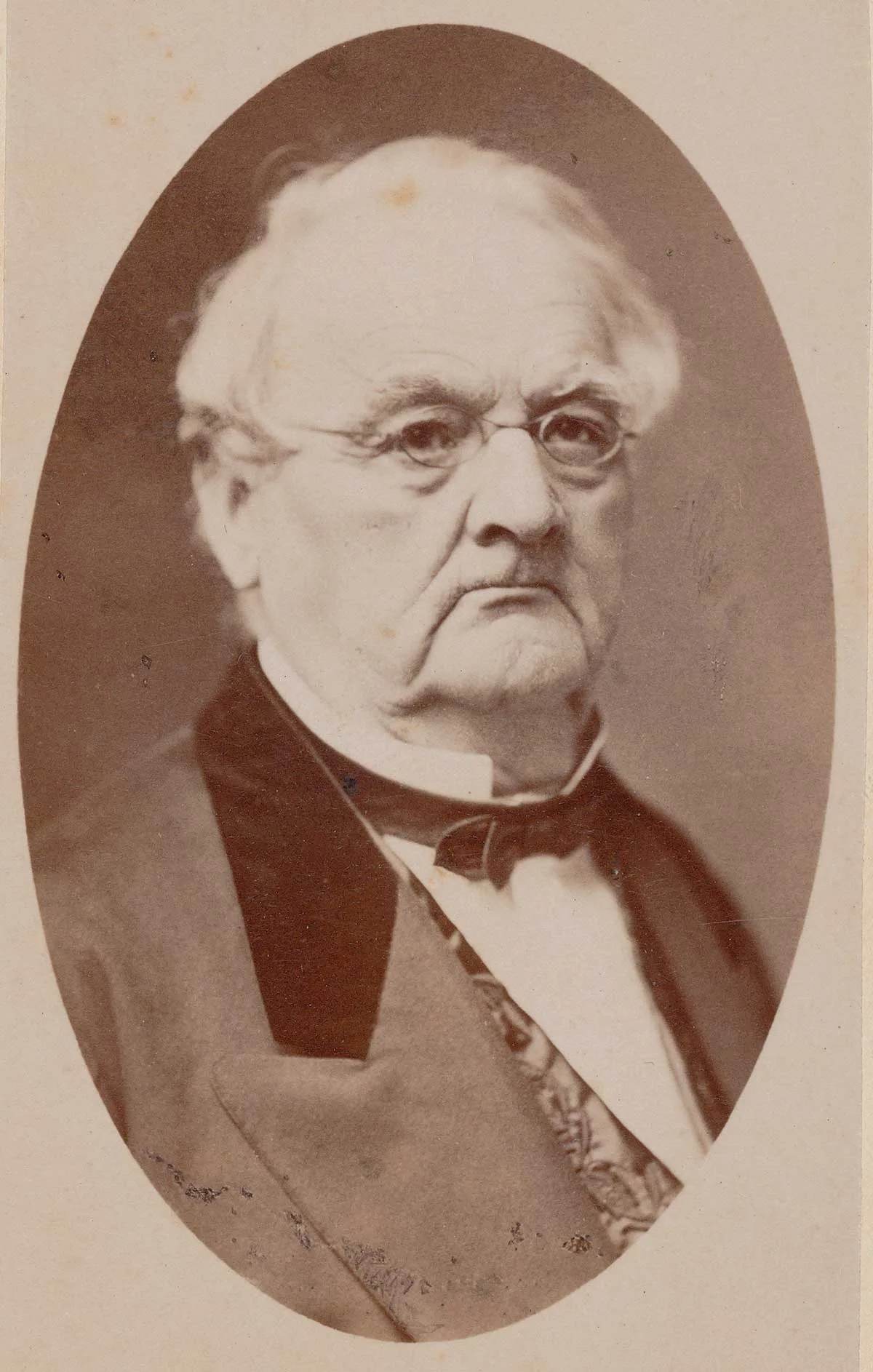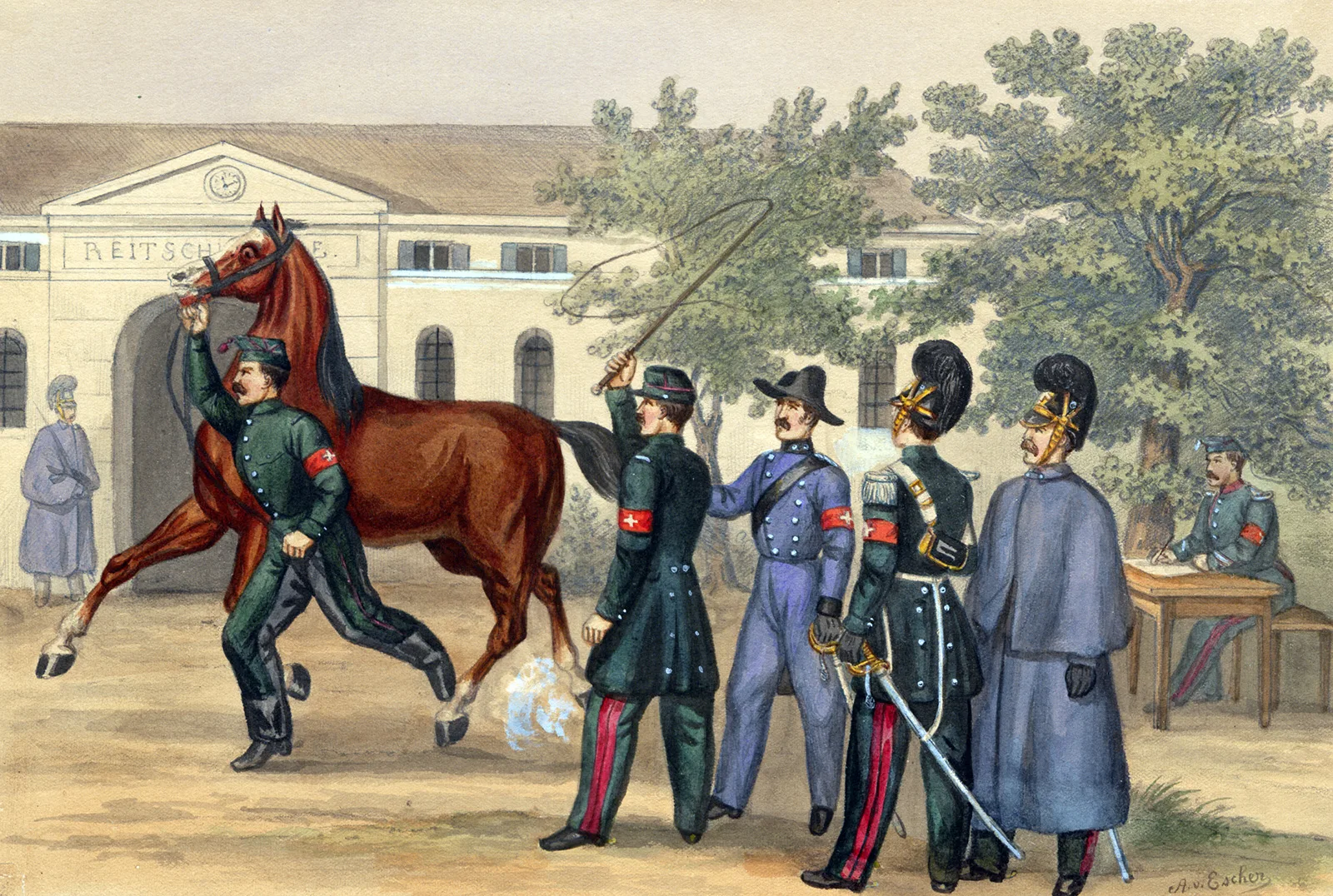
Tra la la, the post is here…
Switzerland’s first international treaty was signed with Austria in July 1849. It was an agreement on the regulation of postal relations.






The first time…
There’s always a first time. In this series, we will be looking at historic Swiss firsts. The topics covered are very diverse: from the first zebra crossing to the first ever popular initiative. The articles have been produced in cooperation with the Schweizerisches Bundesarchiv (Swiss Federal Archives).



